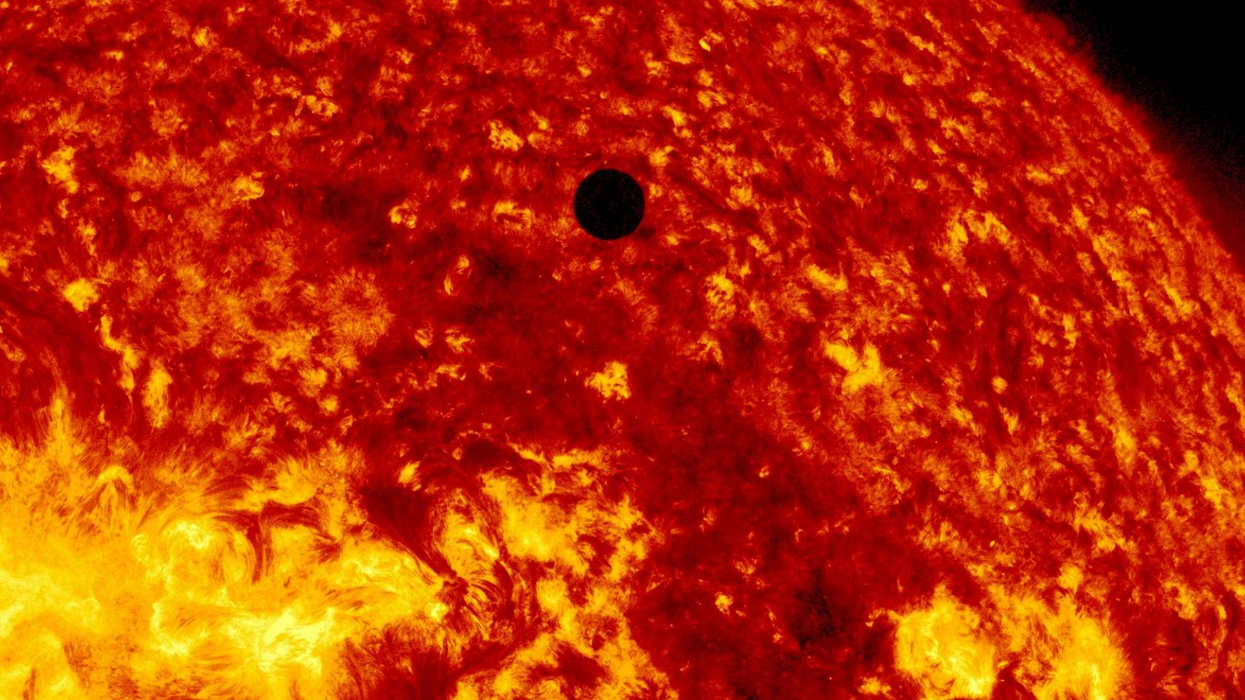
Venus has long been thought of as a dormant planet.
But recent research seems to suggest that there were roughly 37 volcanoes discovered on the surface of the planet, some of which may still be active today.
The research was carried out by a team of scientists from the University in Maryland and the Swiss Federal Institute of Technology in Zurich, and published in Nature Geoscience. This new research suggested that Venus had a hot interior, like Earth – which makes it possible for volcanoes to erupt.
These “volcanoes” are known as 'coronae' and are ring-like. They indicate volcanic activity, as an “upwelling of hot rock” from the interior of the planet. Researchers were able to collect this data based on thermal data that had been collected by a mission from the European Space Agency which ended in 2014.
The scientists were able to identify what signs would indicate active coronae – so they combined thermal data along with infrared images taken from Venus in the early 90s, during a mission by the NASA Magellan probe.
They identified 133 coronae-type structures, of which they estimate roughly 37 were active, which would mean that they had erupted around the last couple of million years ago. These coronae are bigger than volcanoes on Earth - one of them stretches 1,300 miles in diameter.
Scientists have assumed that Venus is dormant for many reasons, not least because the temperatures on the planet and thick atmosphere made it hard to study. It’s significant because it seems to really change the perceptions of Venus as a dormant planet, and is an exciting step forward in understanding our solar system more.
Professor Laurent Montesi, a professor at UMD, explains:
This study significantly changes the view of Venus from a mostly inactive planet to one whose interior is still churning and can feed many active volcanoes.













